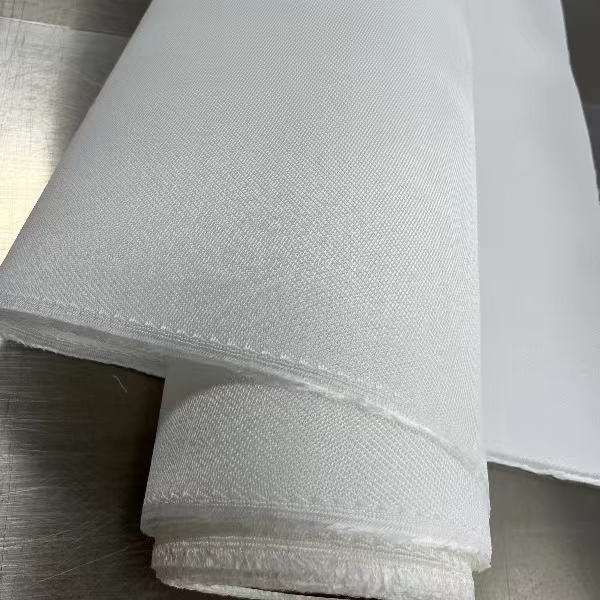Benefits of Woven Silica Fabric and Textiles for Heat Protection

Exceptional Thermal Resistance
High-Temperature Stability: Silica fabrics withstand temperatures up to 1,800°F (982°C) and short-term exposure up to 2,300°F (1,260°C), ideal for extreme environments like furnaces or aerospace applications.
Low Thermal Conductivity: Acts as an effective thermal barrier, minimizing heat transfer to protect users or equipment.
Thermal Shock Resistance: Maintains integrity under rapid temperature changes, preventing cracks or degradation.
Chemical and Environmental Durability
Chemical Inertness: Resists corrosion from acids, alkalis, and solvents, ensuring performance in harsh industrial settings.
Weather and UV Resistance: Retains properties under UV exposure, moisture, and outdoor conditions, suitable for long-term outdoor use.
Mechanical and Physical Properties
Flexibility and Drapeability: Maintains flexibility despite high heat resistance, allowing use in complex shapes (e.g., protective clothing, pipe insulation).
Abrasion Resistance: Durable under mechanical stress, extending lifespan in demanding applications.
Lightweight: Offers high performance without the bulk of traditional materials like ceramics or metals.
Safety and Health Advantages
Non-Toxic and Asbestos-Free: Safer alternative to asbestos, with no hazardous fiber release when properly handled.
Flame Retardancy: Inherently non-combustible, with low smoke emission, enhancing safety in fire-prone environments.
Electrical Insulation: Provides dielectric properties, useful in electrical applications requiring heat protection.
Cost-Effectiveness and Sustainability
Long-Term Durability: Reduced replacement frequency lowers lifecycle costs.
Eco-Friendly: Derived from abundant silica sand, avoiding harmful byproducts associated with synthetic materials.
Versatile Applications
Protective Gear: Firefighting suits, welding blankets, and industrial gloves.
Industrial Use: Insulation for pipelines, turbines, and reactors in oil/gas industries.
Aerospace and Automotive: Heat shields and exhaust wraps.
Electrical Engineering: Insulation for high-temperature wiring and components.
Comparison to Alternatives
Outperforms fiberglass in temperature resistance and chemical stability.
Safer and more durable than asbestos, with better environmental credentials.
Considerations
While non-toxic, silica fibers should be handled to minimize inhalation risks.
Higher initial cost than some materials, offset by longevity and performance.
Woven silica textiles excel in combining thermal, chemical, and mechanical benefits, making them a superior choice for high-heat protection across diverse industries.
następny :
What is the firesleeve tape?